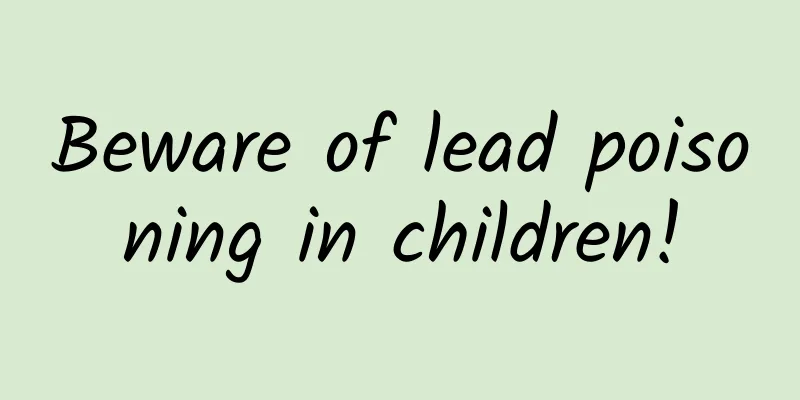Caesarean section lochia turns brown

|
After delivery, pregnant women will more or less experience lochia, and the state of lochia represents the recovery state of the uterus. Sometimes the postpartum lochia cannot be discharged continuously, which is very troublesome for most women who have just given birth. It not only affects their mood, but also causes discomfort to their bodies. What is the reason for the dark red color of lochia after caesarean section? Is it serious? Why is the lochia dark red after caesarean section? 1. If the lochia is still strong and large in amount, accompanied by a foul odor, and sometimes rotten meat-like substances or placenta-like substances are discharged 2 weeks after giving birth, and the uterus is poorly repaired, it should be considered that there may be residual embryos or placenta in the uterus, and internal bleeding may occur at any time, and you should go to the hospital for treatment immediately. 2. Postpartum postpartum infection can cause endometritis or myometritis. At this time, pregnant women may experience fever, lower abdominal pain, increased postpartum lochia and odor, etc. The lochia at this time not only has an odor, but also the color is not the normal solid or serous, but a turbid, dirty earthy brown. What causes lochia? 1 to 3 days after giving birth, strong lochia appears. It is large in amount and bright red in color, contains a lot of blood, mucus and necrotic endometrial tissue, and has a fishy smell. One week later to 15 days, the amount of lochia decreases and the color becomes lighter and lighter, turning into a light red slurry, which is called serous lochia. After 2 to 3 weeks, it becomes white lochia, which is white and thicker. Its components are a large number of white blood cells, necrotic decidual tissue, epidermal cells and bacteria. Because the fetus grows and develops in the uterus, giving birth causes great damage to the uterus. The embryo's endometrium and uterine secretions are discharged from the vagina, so postpartum lochia will occur after giving birth. Under normal circumstances, postpartum lochia will last for a period of time and then stop. If postpartum lochia is heavy and smelly, it is mostly because the uterus is infected and not healed well. |
<<: Pictures of spinal injections for cesarean section
>>: Pelvic pain after cesarean section
Recommend
Tumor immunotherapy: Rebuilding hope in fighting cancer and lighting up the light of life
Author: Zhou Jing, Shaanxi Cancer Hospital Review...
Fallopian tube obstruction
For women, having children seems to be a natural ...
Hysteroscopy
Hysteroscopy and laparoscopy are actually what we...
Can breast cancer patients drink milk?
Many studies have found that consuming milk can r...
Disadvantages of long-term drinking of milk powder for women
Milk powder is generally suitable for children to...
Causes of urethral bleeding in women
Female urethral bleeding may be caused by urinary...
What to do if a pregnant woman has yellow-brown discharge
After a woman becomes pregnant, too many changes ...
Can I eat hamburgers during early pregnancy?
Pregnancy is a special period. Pregnant mothers m...
How many days after menstruation will having sex not lead to pregnancy?
As we all know, women are not allowed to have sex...
Is swimming crab a seafood? How to steam swimming crab?
The swimming crab, also known as the three-spotte...
What to do if a pregnant woman has cholecystitis
Girls are very weak during pregnancy and are alwa...
What are the symptoms of pelvic inflammation?
Pelvic inflammatory disease is a manifestation of...
Calculation table for expected delivery date of frozen embryo transfer
Embryo transplantation is also what we call in vi...
Causes of threatened miscarriage
Threatened abortion actually refers to the physic...
Can I still have a child after four abortions?
Abortion is a very common phenomenon nowadays. So...









